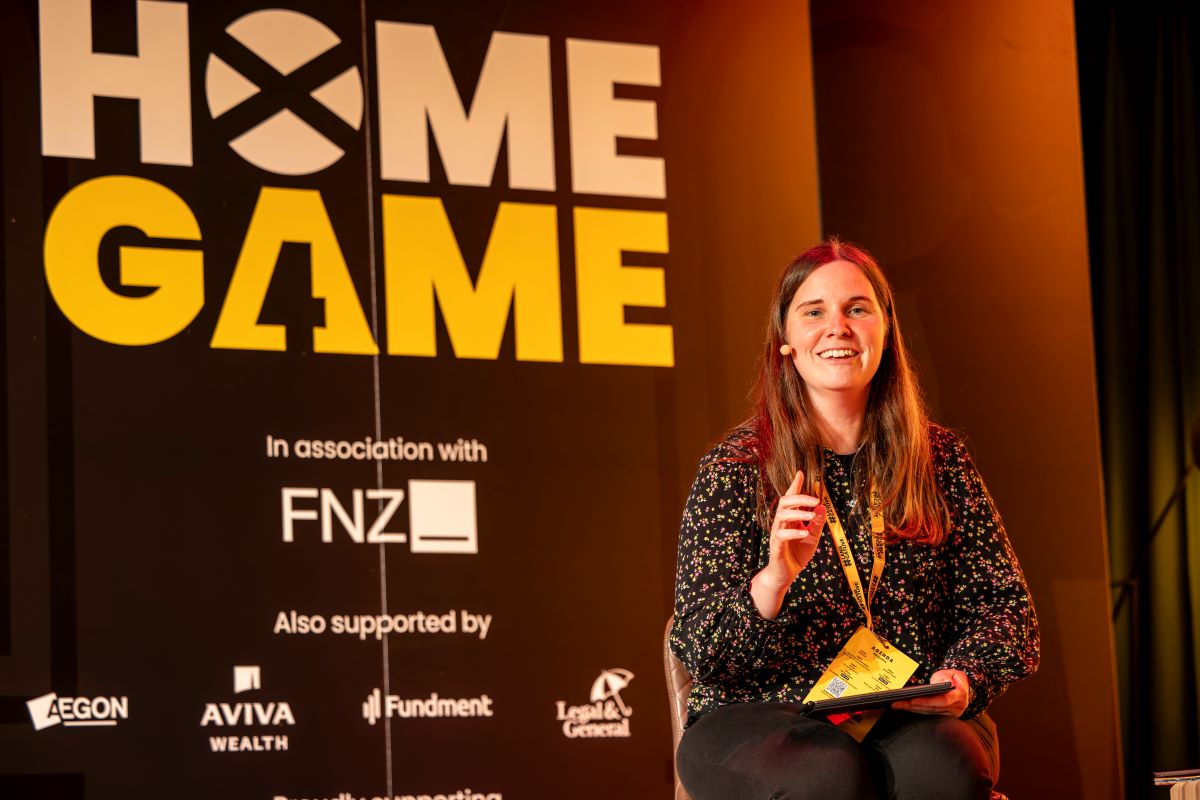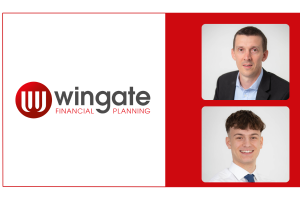Sometimes in life we can feel overloaded by choice. A menu with 10 pages of options inevitably takes so much longer to decide on than a menu with one.
For advice professionals, whether it’s business owners, operations teams or paraplanners (including those who wear all the hats), there are so many systems and technology tools to choose from, and countless permutations of stitching your preferred bits of kit together.
Then we get to AI, and the total number of systems in play multiplies again.
One estimate puts the number of AI providers targeted at the financial services sector at over 50. And more probably by the time you’re reading this.
So how do you keep up?
The question of how much expertise a business needs these days not just to stay across but actually implement all this emerging tech was one of the themes we explored at HomeGame 4.
But what do the platforms and tech providers who are already here make of this changing landscape?
We held an industry roundtable looking at whether the chief technology officer is set to become the next must-have role in advice, and how providers respond to claims that they are ultimately to blame for the inefficiencies tech is having to solve.
Our panellists were:
- Al Ward, head of adviser platform, Aviva
- Ben Lester, head of distribution, Morningstar Wealth Platform
- John Blackman, group chief product officer, FNZ
- Laurie Jaques, chief distribution officer, Fundment
- Roland Whyte, chief executive, Nokkel
The challenge of choice
Anecdotally, there are financial planning firms who have gone as far as hiring their own CTO. If your firm is part of a wider group, such as an accountancy or legal practice, this can be a worthwhile investment. Yet for others who don’t have those resources, navigating the tech minefield can be costly, not just in money but also the time that needs to be invested in research and adoption.
FNZ’s John Blackman said: “Choosing between all that tech – and potentially over 50 different AI solutions – how on earth would you choose which ones to use, and how? It must be really difficult for small and medium-sized firms to know what to do.
“I’m really struck by how challenging that must be. Some attendees were asking whether they should replace their paraplanners with CTOs, even though CTOs are likely to cost more.”
He added the adoption of AI tools may be coming from a place of needing to defend against risk, rather than choosing the best tech.
Ben Lester from Morningstar Wealth agreed one of the biggest challenges for smaller firms was working out how to allocate enough time to understand and research the tech available, while running a business at the same time. He said this has a knock-on impact on finding the best piece of tech for your business.
“If you’re looking to grow your business and scale it, you can see the end game, and so you may well then make that investment. A lot of businesses we talk to decide to stick with the way it is, and you can see why – it’s just too much. [The choice] is mind-blowing for a lot of firms.”
For Laurie Jaques at Fundment, the issue is less about the various bits of tech. He argues there has long been a lot of advice tools to choose from – what matters is how well these integrate.
“The key question for advisers isn’t really around the tech bit. You’ll continue to love Voyant or whoever it happens to be. But it should integrate properly, through an API and not a file upload. I don’t think advisers need CTOs. I think the industry needs to get to a place where the majority of providers integrate with the majority of platforms, so it becomes about the overall operating model.
“There’s no point having an integration with a bag of spanners. It sounds harsh, but if you’ve integrated with something that on closer inspection doesn’t work, you’re still going to end up with a sub-optimal proposition.”
Roland Whyte from property wealth firm Nokkel suggested there might be different drivers for advice and planning firms wanting to bring in tech expertise.
He said: “Do you feel you need to employ a CTO because you have to deal with these issues as a business? Or is it because you think there’s technology out there that, if you put it together in the right way, gives you a natural advantage?”
Aviva’s Al Ward said part of the challenge around tech adoption is it’s not clear enough who integrates with whom. He pointed to initiatives such as Woven Advice’s Market Map, which is positive in that it lists the available tech, but it doesn’t go as far as saying how this tech fits with each other.
Al said: “Whether you need a CTO or not depends on the mindset of the business. What do you need them for? If firms largely want efficient processes and good customer experience, I don’t think you need a CTO to deliver that. You just need to understand what your objectives are and then where you can get support from. That might be an integration piece or a packaged solution, which seem to be coming to the market more and more.”
‘Get your own house in order’
During the tech discussion at HomeGame 4, Perceptive Planning director Phil Billingham made the point from the audience that it was all well and good for advice firms to be adopting tech, but it is actually providers which need to come up to the mark on tech and service.
Phil said: “Rather than spending time addressing inefficiencies in the most efficient part of the market that’s doing the most work for clients and adding the most value, it’s nice to see you [tech firms], but can you go away and deal with the providers?
“The providers who take five to 10 days to reply to a simple email. The providers who will not process letters of authority. The providers who are working from home (and where ‘working’ is doing a lot of heavy lifting).
“Once they are operating at the same standard as a corner shop, we can work out what we’re going to do with the time saved. Until then, anything we change in our business is a rounding error on a rounding error compared to the complete mess the providers [create].”
Speaking afterwards, Al Ward suggested it’s not the case that all providers are as bad as each other.
“At a previous HomeGame event, one of the sessions talked about calling out the bad actors. And I still don’t see that happening. So ‘providers’ is being used here with quite a broad brush. I’m not saying we’re perfect, because people will find examples where we’re not and we need to improve things. But I don’t think anyone is sat on their hands here.
“Look at what we spend on trying to improve things every year. It’s an astronomical amount.”
Al argued platforms need to get better at explaining the basics of what’s going on behind the scenes to keep things running. He said things like upgrades to payments systems don’t make the news, but if it’s not done or not done well, it creates problems.
John Blackman agreed there was merit in sharing developments more widely. For example, FNZ has been working on deploying AI into the back-office, which may lead to improvements to things like transfer workflow processes.
Laurie Jaques argued a distinction should also be made between tech that is overly reliant on people to make it work.
He said it used to be the case that platforms would be proud of having large ops teams of hundreds of people; now the opposite is true.
“If we ever get to 100 operations people, we’ve failed. It’s the last thing you should want to see, even if that’s what would make advisers feel more comfortable.”
Ben Lester said there was scope for platforms to communicate with advice professionals in a different way.
“I think to Al’s point, we’re all doing a lot of good stuff, and we’re probably not very good at telling people that.
“You can do a lot of work behind the scenes, but if people don’t know what you’re doing, there’s an expectation you’re doing nothing.
“As an industry, we should be better at telling our users about the important things we’re doing that aren’t particularly sexy, because we do have a responsibility to remove as much friction as possible.”






